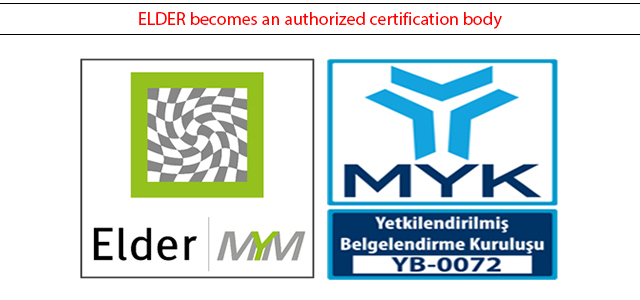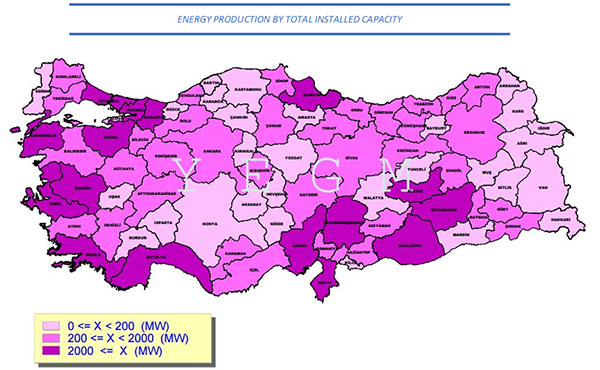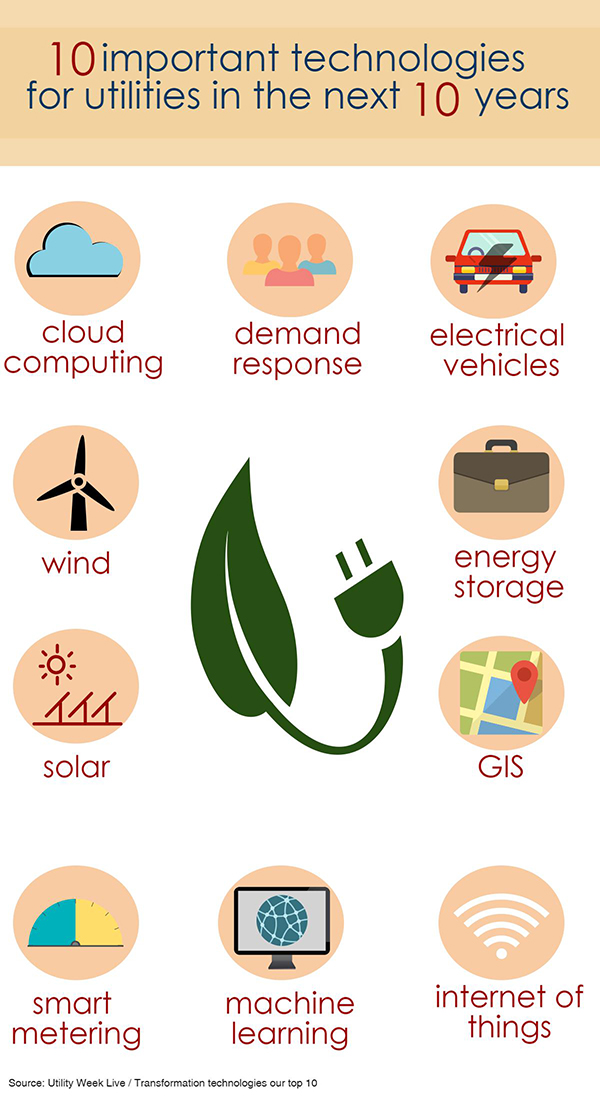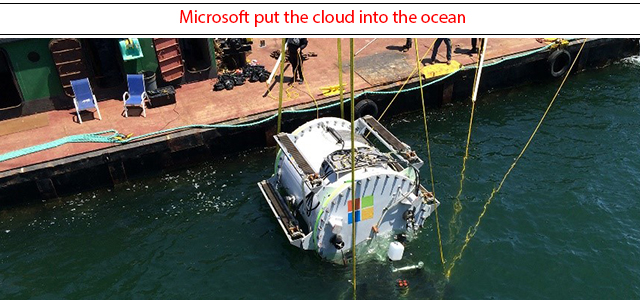
Microsoft engineer Sean James, who had earlier served on board a submarine for the U.S. Navy, suggested the company to put server farms entirely underwater. He said, with this
structuring, not only the cost of cooling the machines would be limited, but also construction costs would be reduced, powering these facilities with renewable energy would be easier and their performance would be improved.
Together with his colleague, Sean Hames wrote an internal white paper for promoting the concept. Although it was greeted with some consternation by some of his colleagues, the staff of Microsoft Research NExT, a futuristic research group, was intrigued. To test James’ notion, the company installed a 38,000-pound, 10-foot x 7-foot container on the ocean floor for three months in 2015.
Microsoft researchers do believe this is the first time a datacenter has been deployed below the ocean’s surface. They faced many challenges like, keeping the inside of the container dry, figuring out the best way to use seawater to cool the servers inside, dealing with the barnacles and other crustaceans that would cover the submerged container and interfere with the transfer of heat from the servers to the surrounding water. Working remotely in a low and no light environment creates another difficulty.
Here is a short introduction video of Project Natick.
Video:
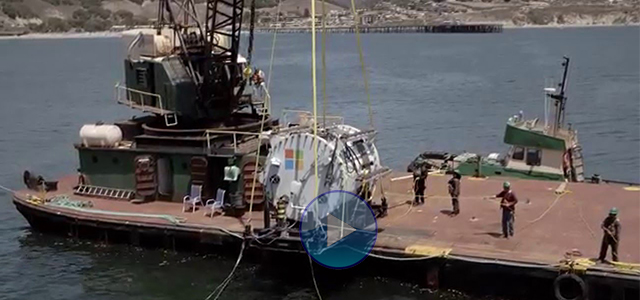
In an article published in next month’s edition of
IEEE Spectrum (
Dunking the Data Center”),
four Microsoft employees who anchored Project Natick –Ben Cutler, Spencer Fowers, Jeffrey Kramer, and Eric Peterson, wrote that they had “no shortage of hurdles to overcome.”
About the advantages, team says, “It would offer a company like ours the ability to quickly target capacity where and when it is needed. Corporate planners would be freed from the burden of having to build these facilities long before they are actually required in anticipation of later demand. For an industry that spends billions of dollars a year constructing ever-increasing numbers of data centers, quick response time could provide enormous cost savings.”
For the arguments about the center could be constructed in a factory, team replies as following: “Our goal for Natick is to be able to get data centers up and running, at coastal sites anywhere in the world, within 90 days from the decision to deploy. If that isn’t reason enough, consider the savings in cooling costs. Historically, such facilities have used mechanical cooling—think home air-conditioning on steroids….What’s more, these facilities can consume a lot of water. That’s because they often use evaporation to cool the air somewhat before blowing it over the servers…."
They stated, “Our Natick architecture sidesteps all these problems. The interior of the data-center pod consists of standard computer racks with attached heat exchangers, which transfer the heat from the air to some liquid, likely ordinary water. That liquid is then pumped to heat exchangers on the outside of the pod, which in turn transfer the heat to the surrounding ocean. The cooled transfer liquid then returns to the internal heat exchangers to repeat the cycle.”
Technology of future
Stating that the environmental impact of the Project would be very modest, they said that, “That’s important, because the future is bound to see a lot more data centers get built. If we have our way, though, people won’t actually see many of them, because they’ll be doing their jobs deep underwater.”
Source: Microsoft / Energy Manager Today / IEEE
